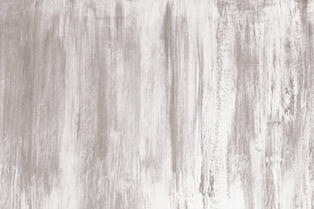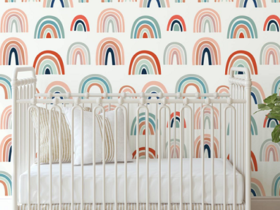In the realm of interior design, the choice of stain for wood plays a pivotal role in defining the aesthetic appeal of a space. One shade that has been consistently making waves in the design world is grey stain for wood. This versatile and timeless choice effortlessly combines sophistication with a touch of modernity, elevating your interior to a new level of elegance.
The Subtle Charm of Grey
Embracing Neutral Sophistication
Grey, often associated with neutrality, offers a canvas of possibilities when it comes to wood staining. Unlike bolder colors, grey stain exudes a subtle charm that doesn’t overpower a room but rather enhances its inherent beauty. The result is a space that feels sophisticated, calming, and inherently timeless.
Complementing Various Styles
Whether your interior design leans towards contemporary, traditional, or a blend of both, grey stain for wood seamlessly fits into any style. It acts as a chameleon, adapting to its surroundings and effortlessly complementing existing furnishings and decor. This adaptability makes it a go-to choice for those seeking a versatile and enduring aesthetic.
Choosing the Right Wood
The key to a successful grey-stained finish lies in selecting the right type of wood. Woods with prominent grains, such as oak or ash, are ideal candidates. The natural grains interact harmoniously with the grey stain, creating a mesmerizing dance of texture and color that adds depth and character to the wood.
Preparing the Surface
Before applying the stain, meticulous surface preparation is paramount. Sanding the wood to a smooth finish ensures that the stain penetrates evenly, preventing blotchiness. This step is crucial in achieving a uniform and professional-looking result, turning your project into a true work of art.
Choosing the Right Grey
Not all greys are created equal. From warm taupe-infused greys to cool steel tones, the spectrum of grey stains is vast. Consider the ambiance you want to create and the existing color palette of your space. Choosing the right shade ensures a harmonious integration that enhances rather than clashes with your interior.
Benefits of Grey Stain for Wood
Timeless Elegance
Grey stain for wood offers a timeless and enduring elegance that transcends fleeting design trends. Unlike vibrant colors that may lose their appeal over time, the subtle charm of grey ensures that your interior retains a sophisticated aesthetic for years to come.
Versatility in Design
One of the standout advantages of grey stain is its remarkable versatility. It seamlessly integrates with various design styles, making it a go-to choice for both contemporary and traditional interiors. Moreover, grey stain effortlessly harmonizes with a range of materials, allowing for creative and cohesive design combinations.
Concealing Imperfections
Practicality meets aesthetics with grey stain for wood. The muted tones of grey have the unique ability to conceal minor imperfections in the wood surface. This not only contributes to the overall visual appeal but also ensures that your interior maintains a polished and refined look, even if the wood has slight flaws.
FAQs About Grey Stain for Wood
Grey stain is versatile and can be applied to various types of wood. However, its impact varies based on the wood’s natural characteristics. Woods with prominent grains, such as oak or ash, tend to showcase the grey stain more prominently, enhancing the overall aesthetic. It’s advisable to test a small, inconspicuous area before applying it to the entire surface to ensure compatibility.
The frequency of re-staining grey-stained wood depends on factors such as the type of wood, exposure to elements, and the level of foot traffic or use. In general, it’s recommended to re-stain every 2-3 years for interior applications. For outdoor use, where wood is exposed to weather conditions, more frequent maintenance, such as yearly re-staining, may be necessary to preserve the color and integrity of the grey stain.
While grey stain is commonly used for interior wood projects, it can also be applied outdoors. However, it’s crucial to choose a high-quality exterior-grade grey stain specifically designed to withstand the elements. Additionally, proper sealing and maintenance are essential for preserving the color and durability of grey-stained wood in outdoor settings.
Grey-stained wood seamlessly integrates with various design styles, making it a versatile choice. It complements contemporary styles by adding a touch of modern sophistication and pairs well with traditional aesthetics, providing a timeless elegance. Whether your design leans towards rustic, industrial, or a blend of styles, grey-stained wood acts as a neutral backdrop, allowing for diverse and harmonious design combinations.
Yes, there are alternatives to traditional grey stain that can achieve similar aesthetic effects. Some options include weathered grey finishes, liming wax, or even DIY techniques like vinegar and steel wool solutions. These alternatives offer unique textures and tones, allowing you to customize the look of your wood while still achieving a greyish hue. Experimenting with different methods can result in distinctive finishes that suit your design preferences.
Conclution
The allure of grey stain for wood lies in its ability to transform your interior into a haven of timeless elegance. From choosing the right wood and perfecting application techniques to reaping the benefits of its versatile nature, incorporating grey stain into your design scheme is a decision that resonates with sophistication and practicality.












Find Us on Socials